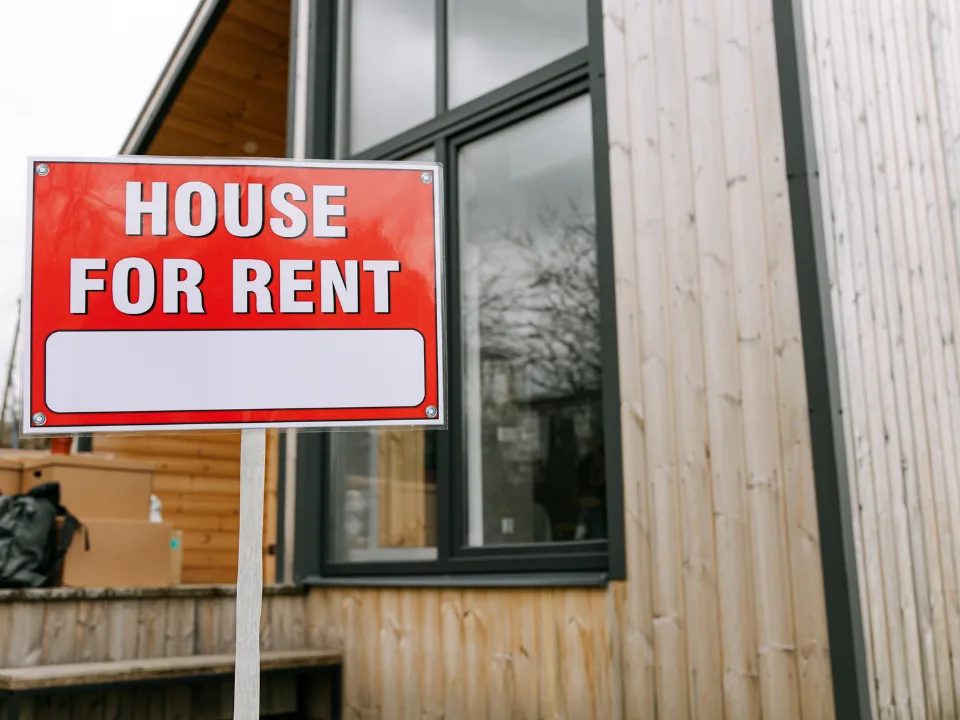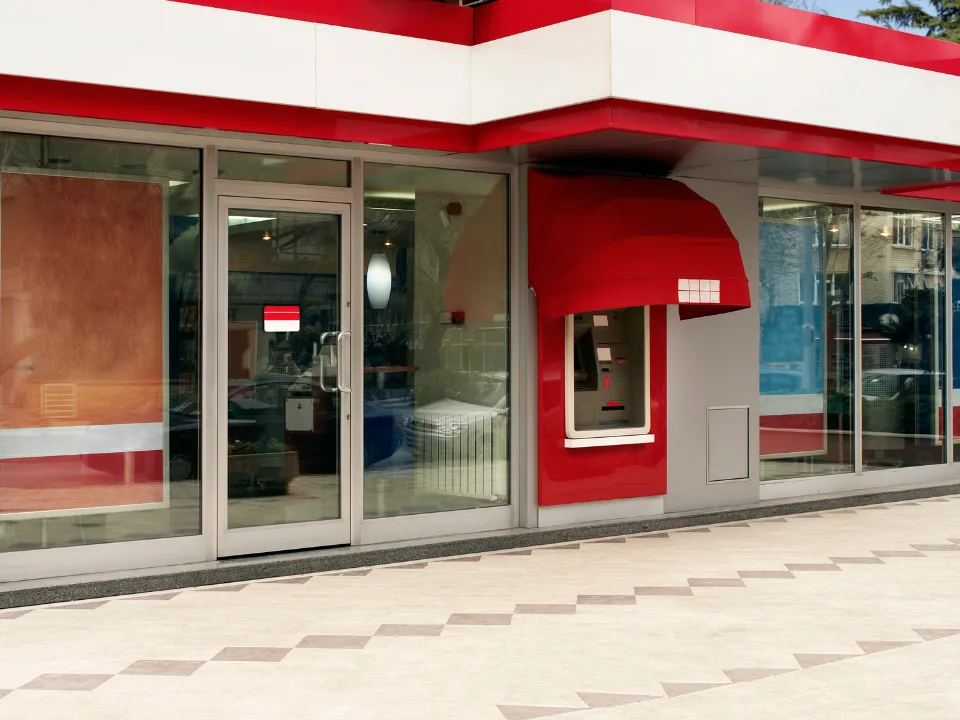- REITs invested $120.9B in 2023, with $104.5B allocated to property maintenance and $16.4B to new development.
- Lodging and office REITs reported the highest capital expenditures as a percentage of NOI, prioritizing updates to stay competitive.
- REITs are reinvesting to navigate a slow acquisition market, with many focusing on value-adding property improvements to drive occupancy and rent growth.
- As CRE prices stabilize, some REITs are anticipating a renewed focus on acquisitions within the next year.
According to REIT.com, amid high acquisition costs and rising bid-ask spreads in commercial real estate, REITs are turning inward by reinvesting in existing properties.
The Bigger Picture
According to Nareit and EY, REITs allocated $120.9B to capital expenditures in 2023 alone, of which $104.5B was directed to property maintenance and upgrades, with $16.4B dedicated to new construction.
This reinvestment serves as both a strategic asset improvement measure and a defensive maneuver. “Companies focusing on ensuring they have the most competitive assets in the marketplace will continue strong capex programs,” says Uma Moriarity, senior investment strategist at CenterSquare.
By reinvesting, REITs can enhance property value, increase occupancy, and strengthen revenue streams, particularly in sectors like retail and hospitality.
Sector by Sector
Capex allocations differ significantly across REIT sectors. Office and lodging REITs lead with capital expenditures at 30% and 32% of net operating income, respectively. In contrast, the self-storage and gaming sectors operate with minimal capex—just 8% and 3% of NOI.
These varying capex levels highlight the need for sector-specific strategies to maintain market competitiveness and value.
Some sectors, such as retail and hospitality, use capex offensively to modernize assets and attract tenants, while others focus defensively on updates that align with environmental, social, and governance (ESG) requirements.
REITs are also enhancing climate resilience across portfolios, prioritizing updates that reduce operational risks while meeting compliance standards.
Diving Deeper
Host Hotels (HST), a leader in the hospitality sector, has invested over $1.3B since 2020 in property enhancements aimed at boosting revenue per available room (RevPAR) and EBITDA.
Host’s approach is comprehensive, typically refreshing entire properties within 12–24 months to maximize asset appeal and revenue growth. This strategy has yielded measurable success, with renovated properties experiencing an average 7-point increase in RevPAR share.
For example, Host’s Marriott Marquis San Diego Marina underwent phased renovations, including new suites, additional keys, and entertainment offerings, achieving a 10.8-point gain in RevPAR share. Partnerships with Marriott (MAR) and Hyatt (H) further optimize Host’s reinvestment by providing operating profit guarantees during renovation, a critical factor in mitigating revenue interruptions.
Get Smarter about what matters in CRE
Stay ahead of trends in commercial real estate with CRE Daily – the free newsletter delivering everything you need to start your day in just 5-minutes
In the retail sector, Brixmor Property Group (BRX) is focusing on underinvested assets, enhancing shopping centers with high community and tenant appeal. Since 2015, Brixmor has reinvested in 276 properties, with a reinvestment goal of $150M–$200M annually.
For example, Brixmor’s redevelopment of Wynnewood Village in Dallas, originally built in 1949, has transformed the property with new retail anchors, gathering spaces, and improved signage.
As a result, Brixmor’s strategy has generated an average incremental NOI yield of 10% across completed projects, driven by community-focused site improvements, updated facades, and enhanced tenant mixes.
Reinvest Today, Acquire Tomorrow?
As CRE pricing trends stabilize and interest rates show signs of decline, some REITs may soon resume acquisitions. Analysts predict that as bid-ask spreads narrow, REITs with a favorable cost of capital may pivot from high capex to growth-oriented acquisition strategies.
“We see this shift potentially within the next 12 months,” says Matthew Werner of Chilton Capital Management. The transition would represent a return to growth mode for REITs that previously held back on new acquisitions due to pricing uncertainties.

















